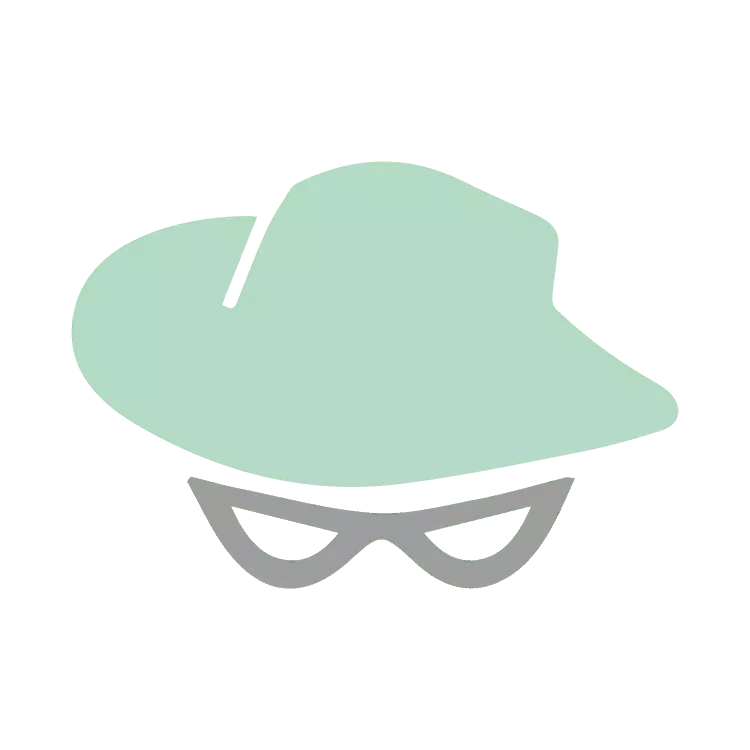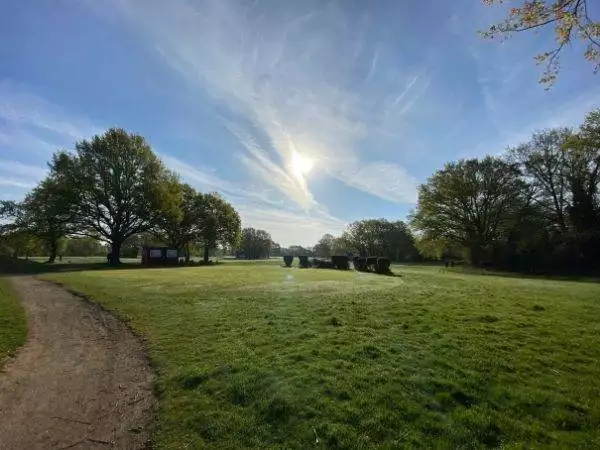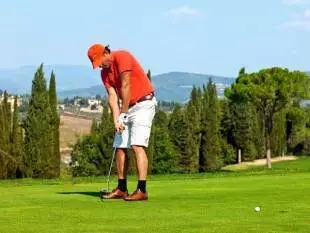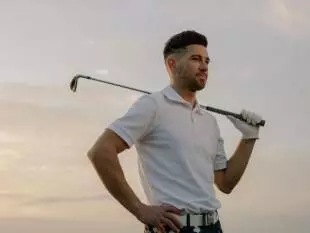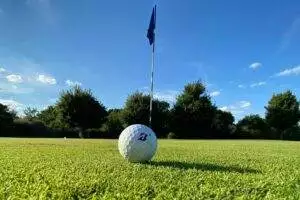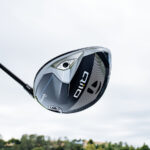Playing the wrong ball on the golf course is not an unheard-of occurrence. What is less common, but every bit as disruptive to play is when a player strikes a ball onto the wrong green. It happens, and when it does happen, as always, a specific rule exists to address such a violation.
Perhaps to state the obvious, wrong greens are defined under the rules as any greens other than the one incorporating the hole which the player is currently playing. This includes a wrong putting green if a temporary one is being used, as well as any practice green other than any specifically excluded under a local rule.
In essence, the principle is to rectify the error rather than to punish. Provided the problem is not further exacerbated, and remedial action is taken, the rules do allow for relief to be provided.
A Breach of Rule 13.1
According to the United States Golf Association (USGA), which produces and interprets the rules of golf in the US, a ball played onto the wrong green should not simply be played from its present position. Under the rule, interference exists with the player’s area of intended swing or intended stance. Instead, free relief must be taken by dropping the original ball, or an alternative ball, in the relief area. Under most circumstances this is a relatively simple and painless process.
Section 13.1f of the Rules of Golf is particularly pertinent:
(1) Meaning of Interference by Wrong Green. Interference under this Rule exists when:
- Any part of the player’s ball touches a wrong green or lies on or in anything (such as a loose impediment or an obstruction) and is inside the edge of a wrong green, or
- A wrong green physically interferes with the player’s area of intended stance or area of intended swing.
(2) Relief Must Be Taken. When there is interference by a wrong green, a player must not play the ball as it lies.
Instead, the player must take free relief by dropping the original ball or another ball in this relief area (see Rule 14.3):
- Reference Point: The nearest point of complete relief in the same area of the course where the original ball came to rest.
- Size of Relief Area Measured from Reference Point: One club length, but with these limits:
- Limits on Location of Relief Area:
- Must be in the same area of the course as the reference point,
- Must not be nearer the hole than the reference point, and
There must be complete relief from all interference by the wrong green.
No Option is Given
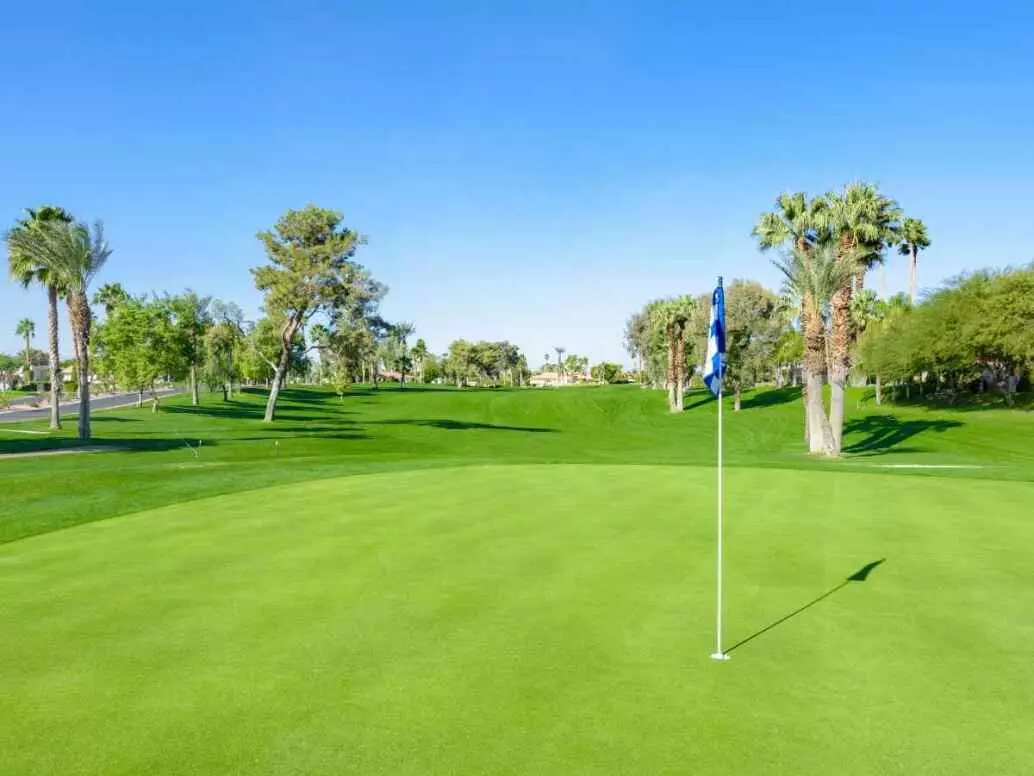
As can be seen above, when a ball falls onto a wrong putting green no option is given for playing it as it lies. It is obligatory to drop the original ball or another ball into the relief area, and the relief area is defined as the “nearest point of complete relief on the same area of the course where the original ball came to rest”.
Relief from a wrong green is not given if it is deemed to be “clearly unreasonable”. So a left-handed player attempting to play right-handed would then be standing on a wrong green and his club, stance, or swing may not be considered reasonable under such circumstances as these.
When is a Ball on the Putting Green?
If a player wishes to lift an entire ball in order to mark it or, say, to remove loose soil, it is important to establish whether or not it is actually on the putting green under the terms of the rules.
Under Rule 13.1a, balls are said to be on putting greens when either when any part of the ball is touching the green, or else “lies on or in anything (such as a loose impediment or an obstruction) and is inside the edge of the putting green”.
Accidental Movement of the Ball
Under Rule 13.1d, no penalty is applied if a player should accidentally move a ball, or if a ball marker moves under similar circumstances, on the putting green.
In match play this applies both to the player and his opponent, whilst in stroke play it pertains to any player involved in the game.
Instead the ball is simply returned to its original spot.
Relief and Penalties in Match and Stroke Play
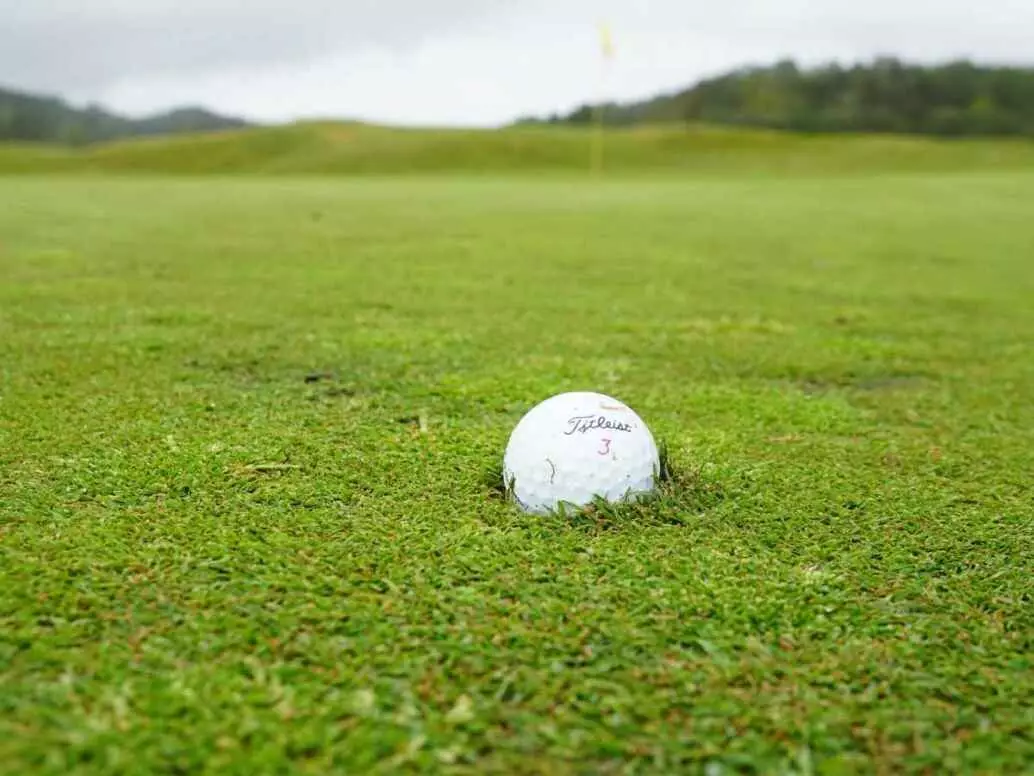
Where it has been determined that interference exists, the player is obligated to take relief.
The nearest point of relief which isn’t on a putting green or in a hazard should be established. The player should lift the ball and then drop it within one club length of the hole, and not nearer than the closest point of relief.
This should be done on a part of the course at which interference is avoided. Under this rule, the playing ball may be lifted and cleaned.
In stroke play, the general penalty of two penalty strokes is incurred if relief is not taken.
The deliberate testing of a putting green, by rolling or rubbing the surface of the ball, is not permitted. If this is done the player does receive the general penalty.
The Principle of Relief
The rules of golf are designed to facilitate the smooth flow of play, free wherever possible from either error or abuse.
Where a genuine mistake has been made, and all reasonable efforts are taken to rectify it at the earliest opportunity, the rules are geared towards facilitating remedy rather than penalizing a player.
The important thing here is first that the mistake should be identified at the soonest possible opportunity, and then that the requisite action under the rules should be taken in order to make good.
This is why playing a ball onto the wrong putting green need not spell disaster for the offending participant, but it is necessary for the rules to be understood so that legitimacy can be restored to the competition.
It is always wise for anybody who is playing golf to familiarize themselves with the rules, so that mistakes when made can be expeditiously addressed to the satisfaction of all concerned.
Related Articles:
What Is A Shotgun Start In Golf?
What Happens When You Play the Wrong Ball?
What is Backstopping in Golf and What do the Rules of Golf Say?
